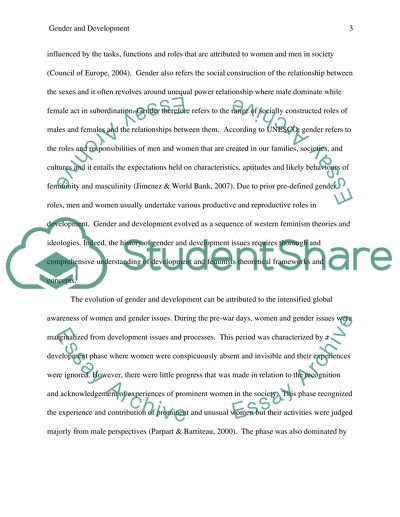Cite this document
(“Mainstream Conceptions of Gender and Development Term Paper”, n.d.)
Retrieved from https://studentshare.org/history/1447965-critically-examine-mainstream-conceptions-of
Retrieved from https://studentshare.org/history/1447965-critically-examine-mainstream-conceptions-of
(Mainstream Conceptions of Gender and Development Term Paper)
https://studentshare.org/history/1447965-critically-examine-mainstream-conceptions-of.
https://studentshare.org/history/1447965-critically-examine-mainstream-conceptions-of.
“Mainstream Conceptions of Gender and Development Term Paper”, n.d. https://studentshare.org/history/1447965-critically-examine-mainstream-conceptions-of.


